Dance Companies and Real Estate Developers Partner on New Spaces
Finding space to dance is a perpetual, nearly universal challenge for dance companies and schools. But a flurry of recent creative partnerships with real estate developers has resulted in opulent new facilities for a handful of organizations around the country.
At first glance, the trend seems too good to be true. Thousands of new or renovated square feet, at a price a nonprofit dance organization can afford?
It is true that developers’ motives are rarely altruistic: Many have found tax and other benefits to pairing up with dance companies. And not all of these unusual developer–company marriages have been entirely happy. Still, participants in four recent partnerships say their deals have offered remarkably good solutions to longstanding problems—and deepened their understanding of the business side of dance.
Space That Supports the Art
Nimbus Dance began in 2005 as a pickup group rehearsing at a church in Jersey City, New Jersey. By 2017, it had evolved into a large organization supporting professional and second companies, a school, and community-engagement programs. Artistic director Samuel Pott knew that it needed more, and better, space.
“We had conversations with the local government about the need for arts spaces in Jersey City,” Pott says. “Although it’s right across the river from Manhattan, it’s been ignored by arts funding or long-term institutional arts planning.”
The developer Quarterra approached the company in 2017, just as construction was ticking upward in rapidly gentrifying Jersey City. By partnering with a nonprofit arts organization, an earlier developer had been able to secure permission from the city to build what would become Quarterra’s Lively apartment complex six stories higher than originally planned.
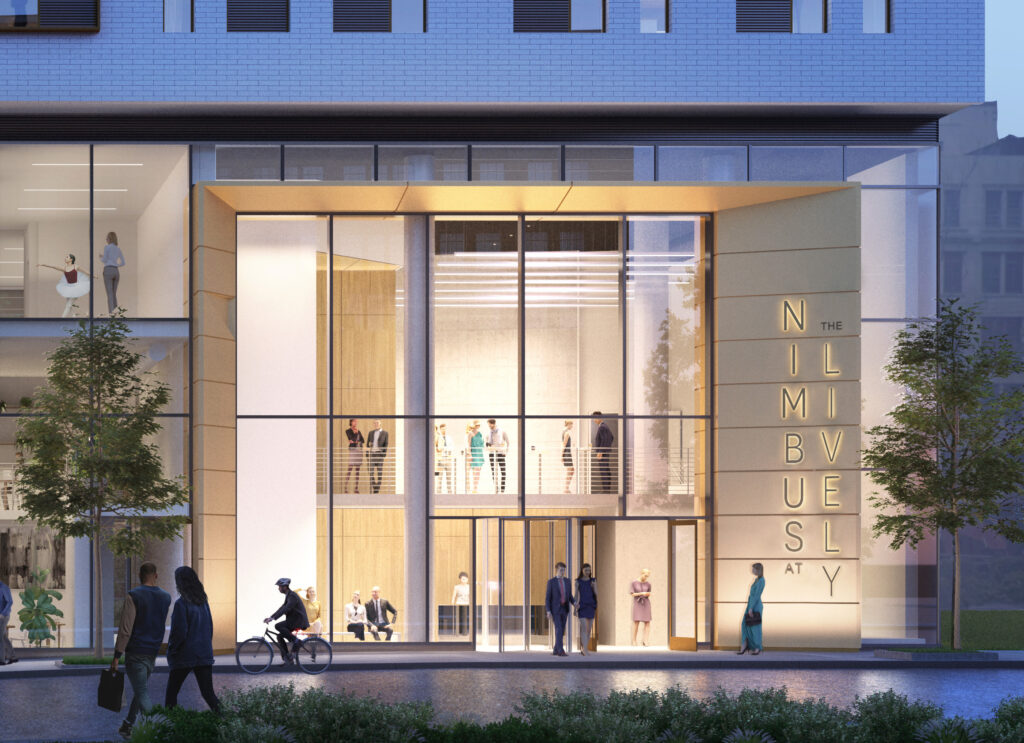
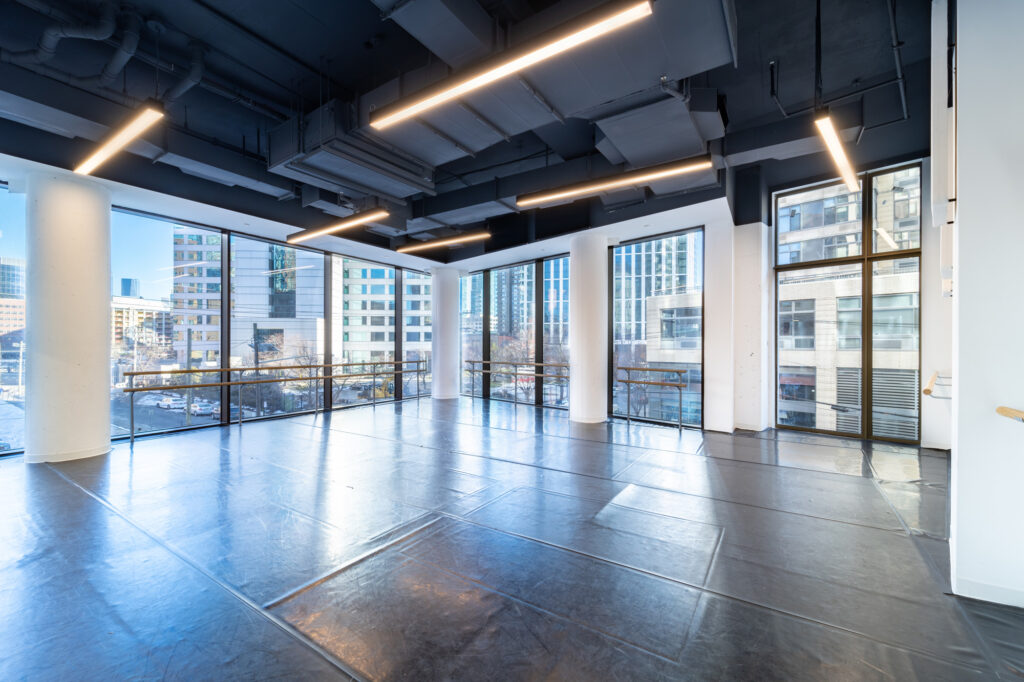
Nimbus’ side of the deal? A 14,900-square-foot arts center at The Lively, containing four studios, administrative offices, and a 150-seat black-box theater. The company’s tiered, 30-year lease is highly subsidized, with progressive increases over time, especially at the five-year mark. Nimbus draws additional income from renting the studios and theater to other companies.
Pott says negotiating the deal and becoming a property manager required a steep learning curve, but so far, there haven’t been many downsides. “It puts us into a different category as an arts organization,” he says. “We can keep our sets and props on hand. We can hold company class. Those kinds of basic elements really allow us to take the artmaking to another level.”
A Symbiotic Relationship
City Ballet San Francisco executive director Ken Patsel estimates the organization saved the developer of its new studios millions.
In 2018, investors were looking to buy and redevelop five buildings in the city’s Mid-Market area, including one that housed the studios CBSF had occupied for 15 years. Patsel—who runs CBSF with his wife, former Bolshoi Ballet and San Francisco Ballet dancer Galina Alexandrova—appealed to city planners, bringing their students into City Hall as part of a lobbying effort that effectively expedited construction by months, if not years.
“They melted,” Patsel says of the planning commission. “I had one of the members of the planning department in tears when one of the little girls had to stand on her tippy toes to talk about the virtues of having a new school.”
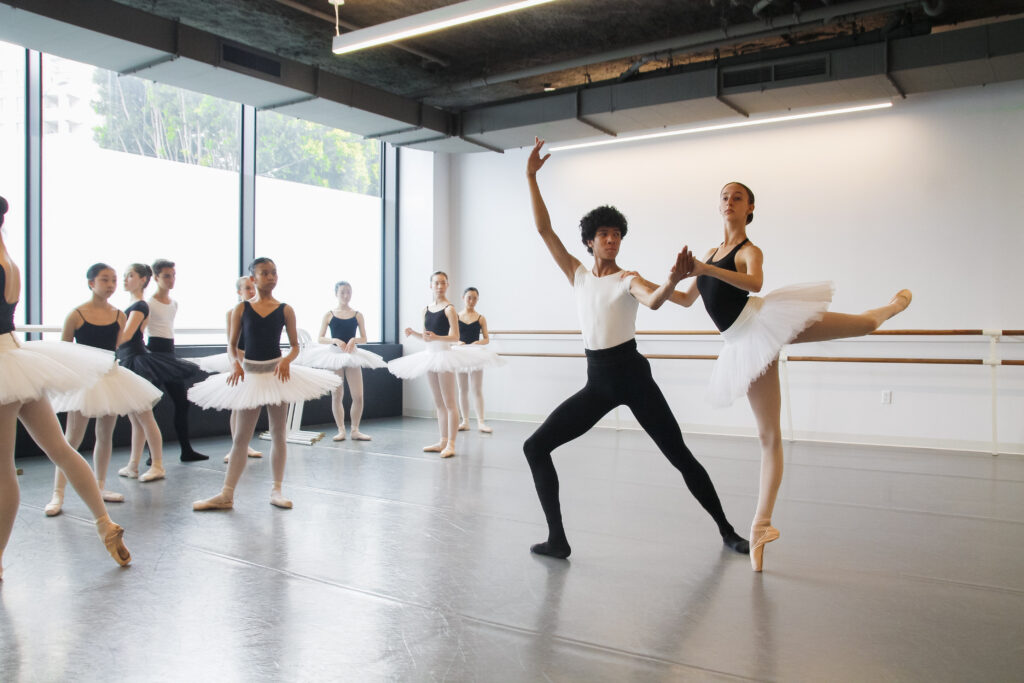
CBSF got an impressive facility inside the developer’s new 28-story building, the Chorus. The company now has a 10,000-square-foot school and quarterly access to the on-site theater that Patsel designed.
“The theater they built was to the nines,” Patsel says. “I presented them with the best, most expensive option on every front—and I’ll be darned if they didn’t say yes to every one of them.”
Patsel reminds the property owners of CBSF’s crucial support regularly—when the rent comes due. He negotiated their agreement before the pandemic, which hit CBSF especially hard. Enrollment dropped as they moved into a temporary space across town while the new high-rise was being built. The organization has had to get creative, recruiting international students for summer intensives, for example, and forging partnerships overseas. One promising new income stream: As word has spread about CBSF’s facilities, other companies and touring productions have begun approaching them about studio rentals.

High Ceilings, No Columns
Even with the financial perks, dance spaces have specific needs that complicate construction and drive up costs in mid- and high-rise buildings—most notably the need for wide-open, column-free spaces with high ceilings. Those are key priorities in the Paul Taylor Dance Company’s planned expansion, which will triple their studio space and establish a presence for the company and school in midtown Manhattan.
Executive director John Tomlinson had been looking for more space even before the pandemic. “Our school was busting at the seams,” Tomlinson says. “Our current landlord was desperately working with me to find solutions, but we were not finding any.”
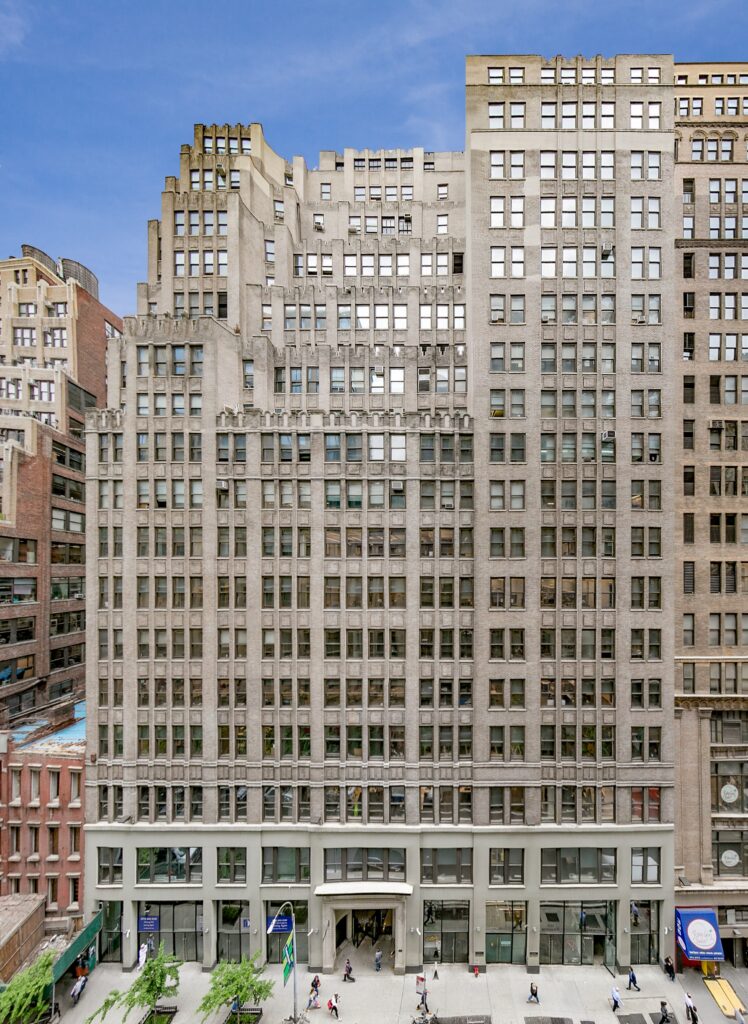
Working with broker Jeffrey Rosenblatt, they finally located a column-free space and an amenable landlord in midtown. But the building presented another challenge: 10-foot ceilings. The commercial real estate management company George Comfort & Sons was willing to shoulder the additional cost of breaking through ceilings and floors in the jointly financed renovation, doubling the headspace in four of what will be six new studios. The 31,000-square-foot facility will also house Taylor’s administrative offices, with the company effectively owning two floors of the tower on West 38th Street for a period of 30 years.
The contractual arrangements will allow George Comfort & Sons to transfer the tax liability for those floors to the nonprofit Paul Taylor Dance Foundation. It’s a good deal for Taylor, too: “During those 30 years, because [we are] the exclusive owner, [our] tax-exempt status kicks in and no real estate taxes need to be paid,” Tomlinson says.
It’s still a big risk—the renovation is expected to cost $6 million to $8 million—but Tomlinson says the potential rewards of having a large footprint in the heart of New York City are more than financial.
“I look at this not as an indicator of power of the brand, but power of the art form,” Tomlinson says. “I don’t see the Taylor company existing in a silo within the dance world. I see the Taylor company being an integral part of the dance industry in New York City.”
Getting Creative at the Mall
Hubbard Street Dance Chicago’s new studio and office space —a 13,000-square-foot modular buildout financed by the Pritzker Foundation—is a former Adidas Store.
In 2019, faced with $5 million of necessary renovations for its longtime home on West Jackson Boulevard, Hubbard Street instead sold the building for twice that amount. During the pandemic, they moved into a temporary rehearsal space in a warehouse district while searching for a more permanent solution.
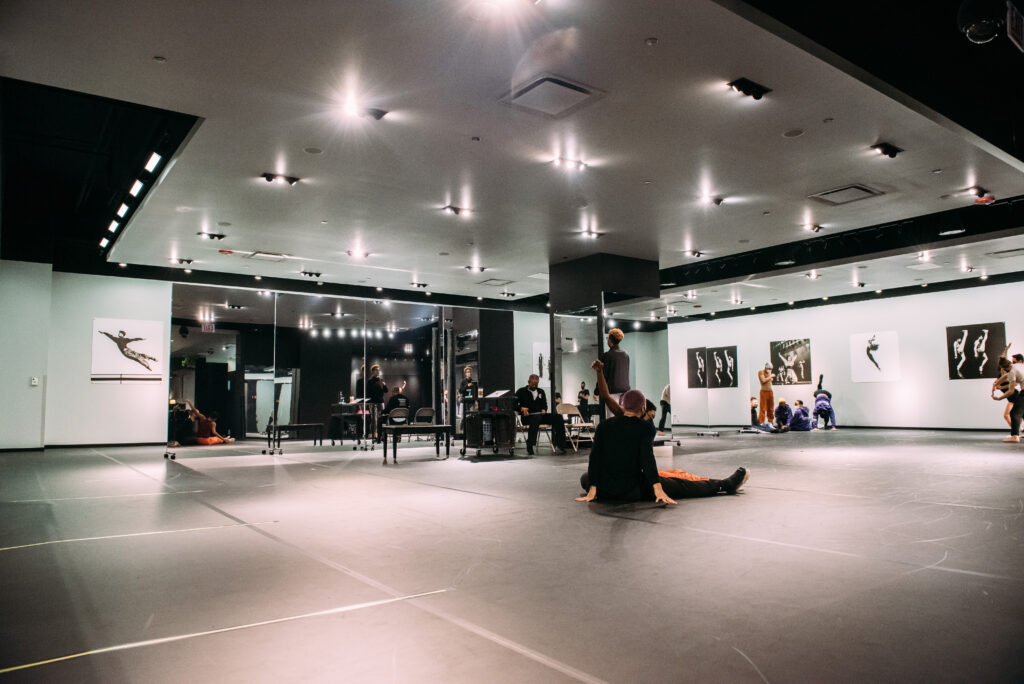
“We were open to any ideas,” says executive director David McDermott. “One of the most visible places where retail was struggling was North Michigan Avenue.”
The mayor’s office connected McDermott to the property managers at Water Tower Place, once a high-end retail mall on the Magnificent Mile. Hubbard Street’s landlords don’t get the same tax benefit as the Taylor company, but were all in for bringing life to the struggling mall.
“There are lots of opportunities for creative deal making with real estate developers,” McDermott says. “While we sometimes see the creative sector as one thing and the business sector as another, these are creative people, and they’re willing to work with arts organizations to make their spaces and their cities better places.”
The Parking Lot That Saved the Ruth Page School of Dance
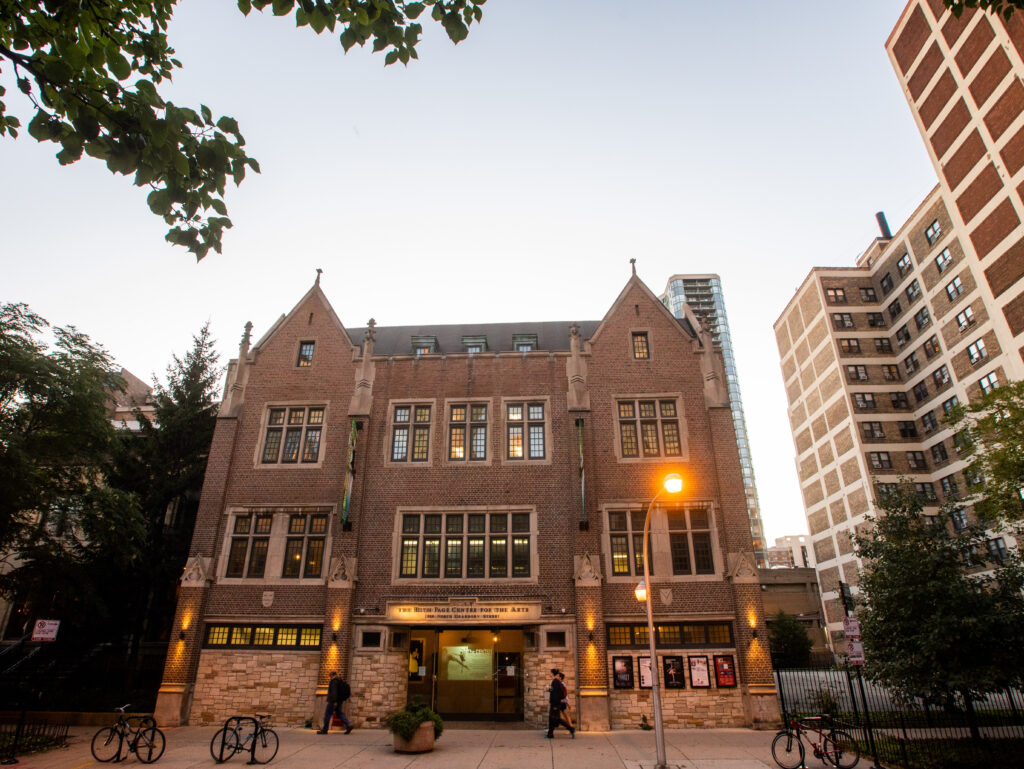
The Ruth Page Center for the Arts, home of the Ruth Page School of Dance, has owned a building with five studios, office space, and a 200-seat theater in the heart of Chicago’s Gold Coast since 1971. But the 2008 recession hit the Center hard—and it had already been struggling following the death, in 1991, of Page, who had been personally subsidizing the organization as needed.
“We weren’t well invested,” says acting executive director Sara Schumann, who has served on the board of directors for decades. Searching for solutions, they looked next door at their parking lot, which could Tetris about 30 cars into its haphazard rows.
“It suddenly became very obvious that we have this land,” says Schumann. “There is no land in the Gold Coast except this parking lot and maybe two other lots.”
In 2016, they sold the lot for a cool $16.6 million to Lexington Homes, a real estate developer that plans to build nearly 30 stories of luxury condominiums. The lot remains undeveloped and fenced off. But the check cleared—saving the Center’s dwindling endowment, and providing much-needed cash to improve its building.




